Last Updated on July 26, 2021
 Don’t let the blond hair fool you. I love metal. Always have. So it was with great anticipation that I popped in the screener of
Don’t let the blond hair fool you. I love metal. Always have. So it was with great anticipation that I popped in the screener of
UNTIL THE LIGHT TAKES US, a documentary about Norwegian black metal.
Not sure what I was expecting, but what I got was a fascinating look at a sub-culture that was far darker than I imagined. (I’m more familiar with death metal. There are often copies of the magazine ‘Brave Words and Bloody Knuckles’ floating around my house and Liquid Metal is the station of choice in my car.)
Black metal began in Oslo in the early 1990’s, marked by a lo-fi sound and a strong sense of theatrics, including corpse makeup and somewhat goth look. (I’m really sorry about that comparison. We’re talking hair and clothing only here.
Goth and black metal are nothing alike. Please, metal fans. Don’t kill me.) Film makers Aaron Aites and Audrey Ewell give us a look at the black metal scene through the eyes of some of the key players, particularly ‘Darkthrone’ founder Gylve “Fenriz” Nagell and Varg Vikernes of ‘Burzum’.
Vikernes is out on parole now, but at the time of the film, he was serving a 21-year sentence for the murder of former ‘Mayhem’ band mate and church burnings. I recently got a chance to talk with Aites and Ewell about the film. At one point I asked them about the difficulty of keeping their personal feelings out after being so closely involved with their subjects.
Aites interpreted my question a bit differently, getting pretty defensive about the fact that he was not close to Varg, and that they weren’t promoting murder, etc. I thought about explaining what I meant, but I figured I’d just let him go. He then said, ‘I don’t think people are really interested in our opinions. So we left in what we thought was interesting.’ Which is what I meant. Anyway, the film was fascinating, especially for metal fans. UNTIL THE LIGHT TAKES US opens December 11th in Los Angeles.
How did the idea for this documentary come about?
Audrey Ewell: We lived in San Francisco at the time and a friend of ours has a record store there called, ‘Aquarius Records’. And our background is in experimental, lo-fi indie rock. A lot of abstract kind of music is what we’re really into and not so much metal specifically. But Andy, who runs the store basically sat us down and forced us to listen to it. And we ended up really liking black metal. Which kind of surprised us because we, well, maybe had some different ideas about what the limitations of metal were and the associations with it. And that had more to do with the kind of eighties hair metal that I had grown up with.
Or with a lot of the misogyny of girls in bikinis on album covers and that sort of thing. Black metal had a very different aesthetic. They used striking black and white imagery and the music itself was fairly complex and also within the scene, there was this overriding methodology. It was just really fascinating to us and we ended up getting fairly obsessed with it as we often do with new kinds of music that we discover and spent about a year just buying everything we could and poring over liner notes and going and finding all the…interviews that we could and then eventually it got to the point that we thought there must be a show already made about it, so we were just looking for a documentary film to watch, assuming that it had been made, but it hadn’t been yet. And that is basically what prompted us to go and do this.
Aaron Aites: That, and the fact that we’re film makers. [laughs]
[laughs] Well, there is that. It’s funny that you bring up the misogyny of eighties hair metal. I grew up with that too and I listen to metal. It’s funny that there really are no women anywhere in black metal.
AE: No there aren’t. It’s true. But at the same time, there also isn’t that misogyny and it’s not…the lyrics are not about getting drunk with your buddies and picking up chicks and what I find to be fairly abhorrent about a lot of other kinds of metal. And not that there aren’t other kinds of metal that are really good too. I mean, we’re also into ‘Doom’ and ‘Stoner’ and things like that, but I think, just as a product of my age and where I grew up and the fact that people were listening to things like ‘Motley Crue’ and ‘Poison’ around me as I grew up, I had a different idea of what metal was.
AA: I should say also, that some of those things actually have come up in black metal but not during the time period that we’re talking about and what the film deals with. But in the wake of…basically out time line stops in around 1994, and you know, of course, things have changed a lot. Things really expanded. But during the time period we’re talking about, and in the time period that fascinated us, there was really none of that.

So how did you go about contacting everyone. I mean, you have Varg in jail. How did you get all these interview subjects in what seems like such a closed culture?
AE: Well, it was a different process with each of our main characters in the film…Gylve “Fenris” Nagell from Darkthrone and Varg Vikernes from ‘Burzum’ and essentially there were four people who essentially started the scene. Those two as well as Dead from the band ‘Mayhem’ and “Euronymous” Oystein Aarseth, and both of those two seminal figures are dead. Dead killed himself and the other was murdered by Varg, so of the surviving originators, we really had to look to Fenris and Varg to tell the story of the very earliest days of the scene and the formation of it. With Fenris, we just called his label and let them know what we were doing and they put us in touch with him and we went and met him in a bar in Oslo, and just told him about what we wanted to do, and he agreed the same night to be in the film. We really kind of clicked with him. He’s very easy to talk to. He’s into a lot of things that go outside of metal. He’s into modern art and he’s into all different kinds of music, house music and rock and even pop and all sorts of things, so it was really easy to just talk to him as a person.
Varg was a totally different scenario. Because he was in prison, we could only correspond with him through letters. So we wrote letters back and forth with him for eight months before we had his approval to be a part of this film, and that was just awful, because we were in Norway filming, and we were not going to make this film without having Varg’s participation. So if at any point, we felt that it was truly a closed door, we were prepared to just leave. But Varg would write us these letters. They were so great to get, because he would just say, ‘Even if you made the film I would want made, or that I would make myself, I still wouldn’t be in it. I have no interest in this project whatsoever.’ But then he would always end his letters with a question to us, [laughs] to continue the conversation, so it was eight months of this back and forth, and finally he agreed to meet with us, so Aaron flew to Trondheim where he was in prison and sat down with him and explained that this wasn’t going to be an investigative journalism piece. It was going to be a portrait. We weren’t going to have experts analyzing them as had been done previously, which had lead them to all being branded Satanists.
AA: There really is no such thing as a ‘black metal expert’.
AE: [laughs] Yeah, so because the methodology was not where we were going to be…you know, we were not going to be telling the audience what to think of these people, but instead were going to present a portrait and let them tell in their own words what had happened. That was something that he eventually ended up giving his permission and participating in the film.

It has to be difficult getting this close to your interview subjects and not having a very strong opinion one way or the other about what they’ve done. I know Varg seems to really sort of hold on to the ‘this is social protest’ thing…how do you keep your opinions from sort of entering in?
AA: We’re not that close with Varg just because he’s in the film.
Oh, you know what I mean.
AE: As film makers it was very important to us that we not tell the audience what to think. I personally don’t like to watch most documentaries because they can be a little bit…well, ‘preachy’ is not the word I want to use.
AA: That’s a fine way to describe half the documentaries that come out on social subjects.
AE: We wanted the audience to think about the ideas raised in the film and to come to their own conclusions on a lot of scores. So it was important to us that we not…I mean, there are so many things in the film that…it’s kind of obvious, OK, so…
AA: Let me…
AE: You have all these violent actions being perpetrated by people. I mean, do we really need to have…titles that come up and say, ‘Murder is bad. Don’t kill people.’ [laughs]
AA: ‘Don’t burn down buildings.’ My idea of art is that it should encourage people to think and not tell them what to think. And we tried to make a film that would encourage people to think. And I don’t think people are really interested in our opinions. So we left in what we thought was interesting, which was them telling a story…if you need to know for sure, we are against neo-nazism, burning churches and murder.
AE: [laughs] You know what, it’s interesting. We sometimes get taken aback by this idea that we, the film makers should be presenting a clear cut case for or against. It’s like, really? That’s necessary? We get a little frustrated with that sometimes. But, you know, really, I hope people walk away from the film thinking about the ideas that are presented in it. It wasn’t our goal to present a lot of easy answers. It certainly wasn’t our goal to present characters in the light of, you know, being good or bad and people are very complicated. People in the film are incredibly complex.

They have both salient points about things and extreme ideologies. And you know they’re also seen as individuals. And really, I hope that people will go into it and take away from it something about the idea of representation and the creation and formation of history and the re-contextualization of history and how media representation changed the reality of what people perceive as the truth of the thing. That’s what it was about for us. So it rather important for us to acknowledge our role in that and in the opening scene in the film, we do so, and then to step back and let the process unravel on screen.
I know you guys lived in Norway during filming, and that’s a huge thing in and of itself. So much dark metal and music comes out of that place. What do you think it is about that place that engenders this?
AA: You know what? I mean, it’s just like so many, so many things you can point to. And I mean, it’s also just like a nebulous subject. I mean, I, you know, we point to it in the film, like, the confluence of events, of sort of like the abrupt instant Americanization of Norway in the early nineties as being part of it. And also part of it is sort of like a very wealthy society. They had oil and there’s not really any poverty. Not really any…not even really any hardship there, honestly. And you know, the climate…there’s really all kinds of things. I would just be speculating, essentially.
AE: Well, in this…I don’t want to speak to anything in general, because we’re exceedingly knowledgeable about this one particular scene and I don’t want to really comment about anything outside of it, because I don’t know enough to comment outside of it. As far as black metal goes, as far as Norwegian black metal goes, this started up in the late eighties and early nineties, which was the same time that globalization was hitting Norway. Norway does have a bubble economy. It’s not part of the EU, and they didn’t have a lot, or that much contact with the outside world prior to this time period. So once Americanization started to really move into the country and suddenly MTV was being broadcast, American films and television shows, McDonalds and 7Elevens were springing up all over the place, the landscape was drastically and dramatically changing very quickly. And I know that for at least Varg, who was in many ways a ringleader of a lot of that, of the crimes.
His first act was to shoot out the window of a McDonalds. And he drew a line between the cultural imperialism of globalization and Americanization coming to Norway at this time period, and he drew that line back to 900 AD or so, when Christianity was starting to come into Norway, and they were destroying pagan holy sites and erecting churches on top of them. So that’s the line that he drew. And that’s where the destructive aspect of it came in and that’s where burning the churches came in. As far as the dark music in general, I mean, it’s an offshoot of death metal. Black metal is an offshoot of death metal, so…and that was really more popular in Sweden at the time, but it was also happening in other places around the world. I think something to do, there’s an aspect of where the Norwegian landscape could be a factor in this, but I don’t want to reach too much for, you know, sort of the easy answer, which I feel it is in a way.

AA: I mean, I actually, without even saying ‘easier answer,’ anytime you get a music theme…that’s sort of tied to a location, say the Seattle scene or the Chapel Hill scene you’ve got a really closed off scene. And you know, a handful of really talented and inspiring people working together in a closed off music environment and sometimes it erupts in sort of a new sound associated specifically with a place. I mean, I don’t think it’s that uncommon that a, you know, a scene springs up in one area.
AE: I feel like people want to find meaning that we’re not so sure really exists. And you know, we can take guesses at it but I don’t think there’s a hard and fast, real answer there.
I know you guys were very familiar with this scene before you started, but was there anything that surprised you while you were doing the documentary?
AE: Um, it surprised us that it took so long. [laughs] We weren’t prepared for that. We’d both only worked on narratives before. And, you know, had we known that we were actually going to have to spend such a huge chunk of our lives working on one project, we might have paused before getting on the plane.
AA: It’s kind of the opposite of doing a narrative. You sort of like…you have this many days and you’re sort of trying to get as much in as you can, and in a doc it’s more like, you know, endless. [laughs]
AE: But that was part of the process that was so important…we didn’t want to skim the surface. We wanted to get a real portrait of people and of a time and place. It took spending time and actually getting to know them and actually letting their guards come down. You know, this is a scene that had been profiled, just in the most negative way possible and that depiction extended to everybody in the scene, regardless if they’d been at all involved in the crime, so they were…it was reasonable for them to be guarded. And we just had to spend the time for that to change.





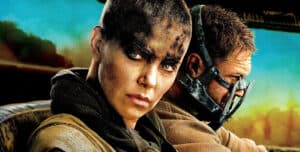
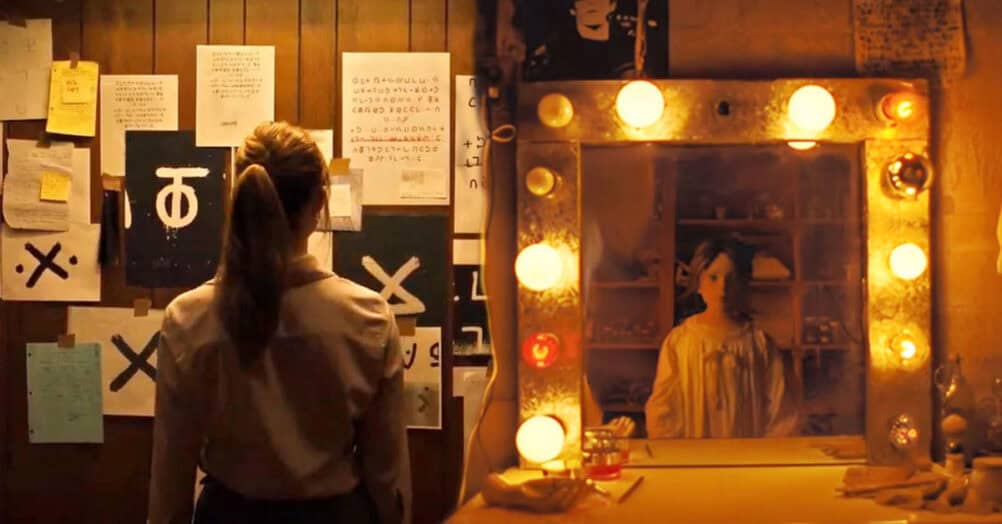
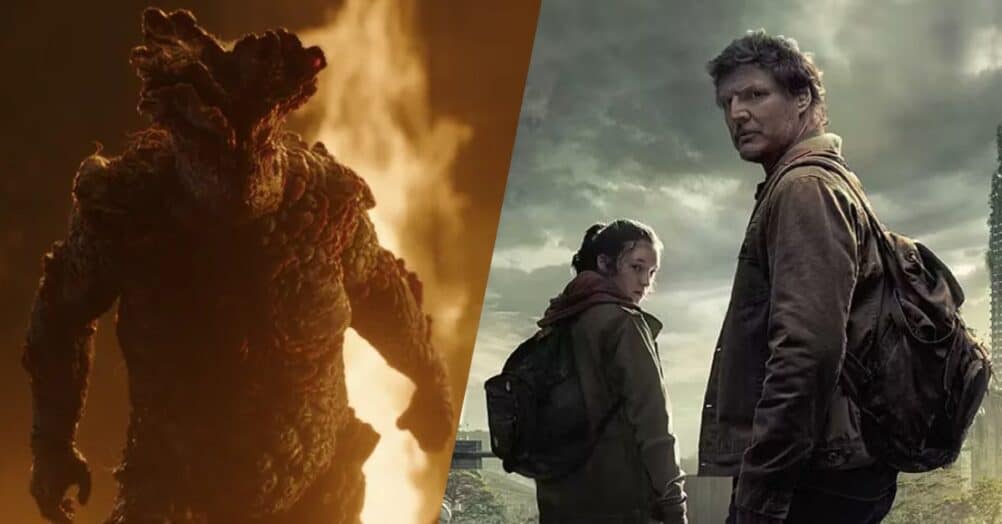
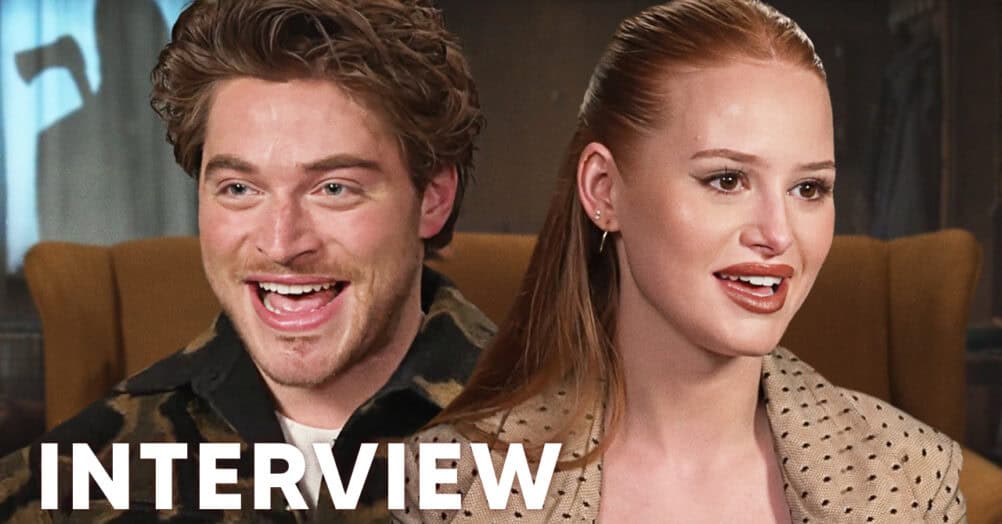

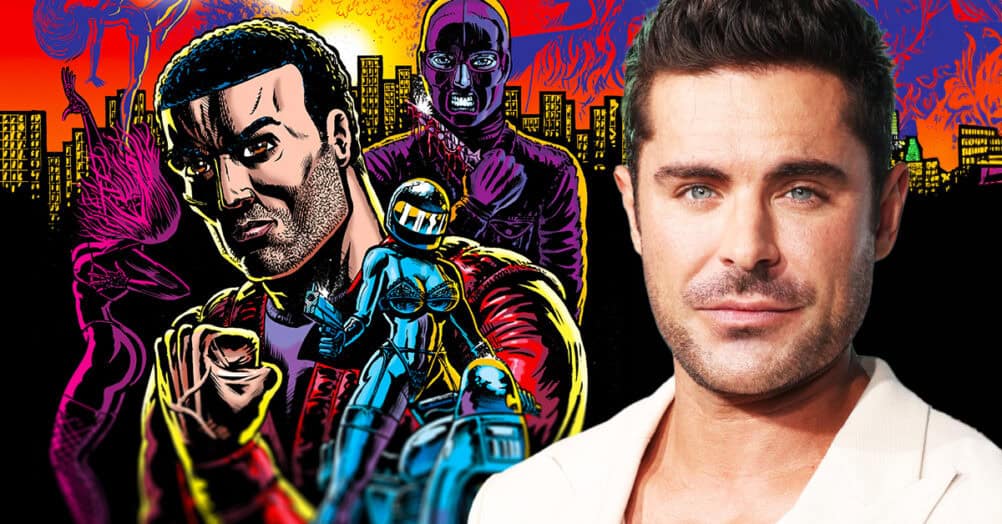

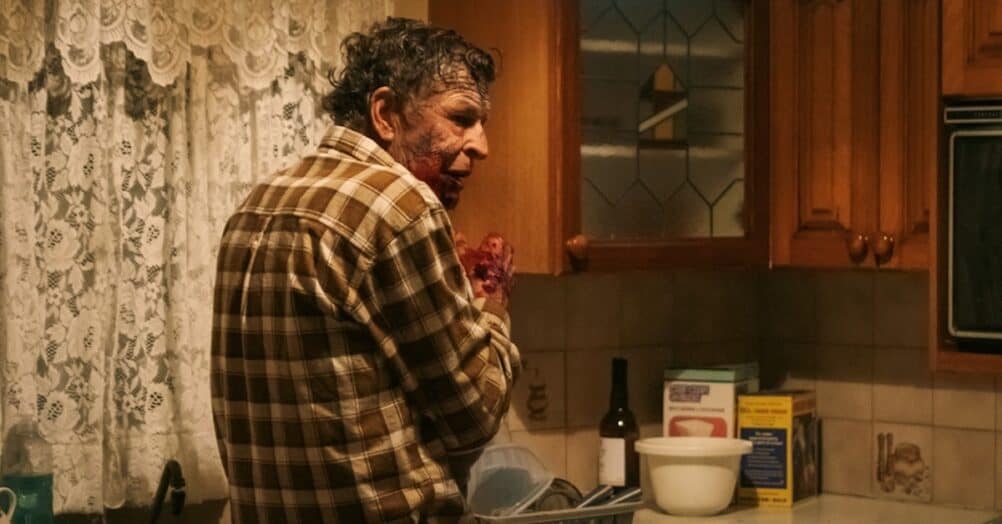
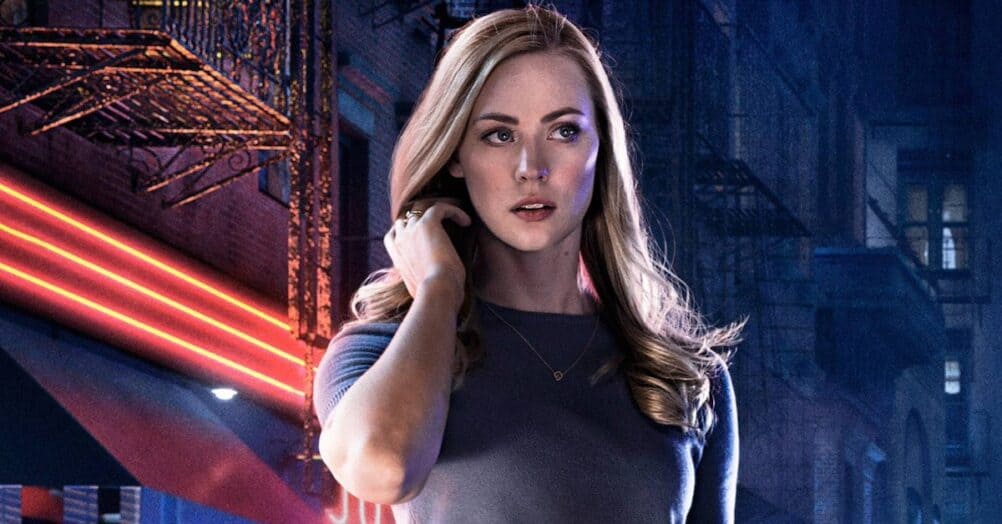
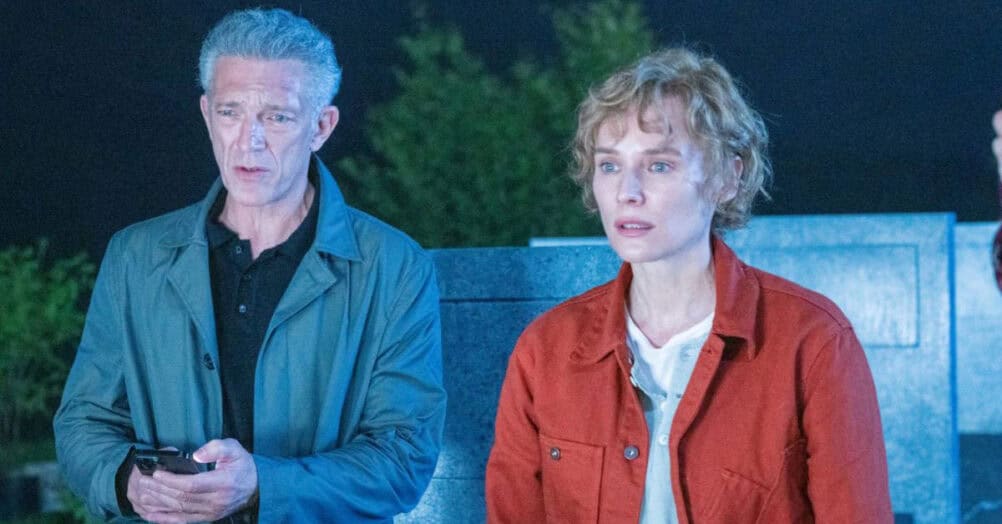
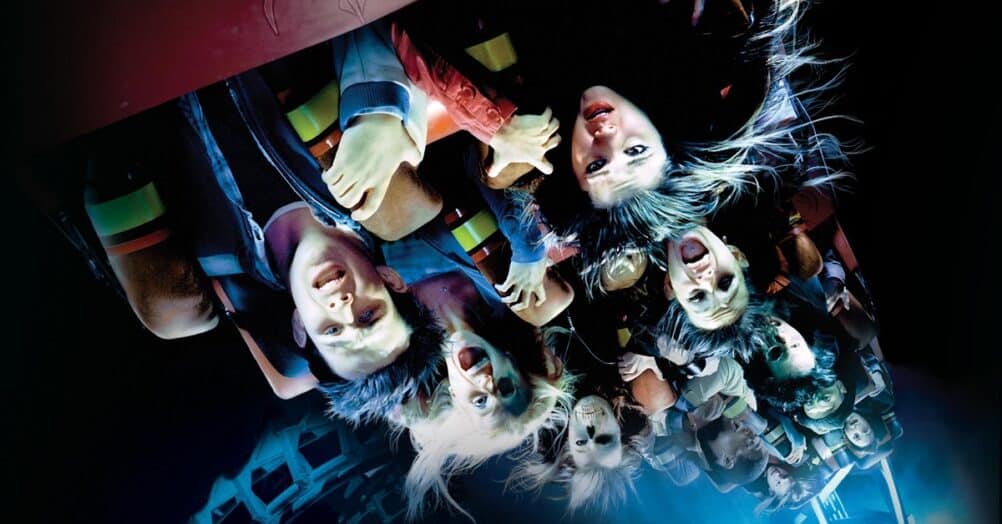
Follow the JOBLO MOVIE NETWORK
Follow us on YOUTUBE
Follow ARROW IN THE HEAD
Follow AITH on YOUTUBE